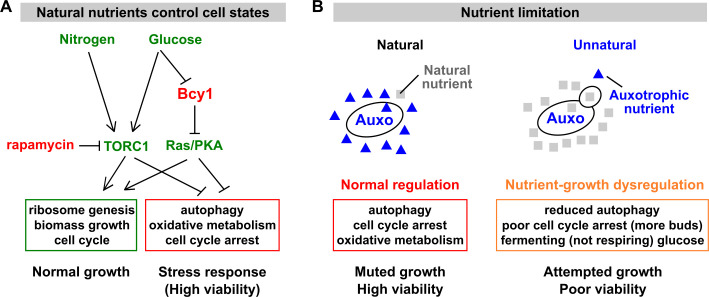Fig 1. Nutrient–growth regulation and dysregulation.
(A) Natural nutrients control the growth or the stress-response state of a cell (reviewed in [2]). Growth stimulatory molecules are colored green, and growth inhibitory molecules are colored red. Broadly speaking, the presence of natural essential nutrients (e.g., nitrogen, glucose, sulfur, phosphorus) activates the TORC1 pathway. Glucose additionally activates the Ras/PKA pathway, although this activation is transient if essential natural nutrients are incomplete [10]. For simplicity, we have omitted other input pathways (e.g., in [11]). TORC1 and Ras/PKA pathways activate cell growth (green box) and inhibit stress response (red box). Conversely, the shortage of a natural nutrient or inhibition of TORC1 (via rapamycin) triggers stress responses, including cell-cycle arrest, autophagy, and oxidative metabolism. Note that the mRNA levels of greater than a quarter of yeast genes are linearly correlated with growth rate, independent of the nature of the nutrient limitation [4,12]. During slow growth, repressed genes include those involved in ribosome synthesis, translation initiation, and protein and RNA metabolism, whereas induced genes are involved in autophagy, lipid metabolism, and oxidative metabolism (including those annotated to peroxisomes and the peroxisomal matrix) [4,9,13,14]. (B) Left: when limited for a natural nutrient, an auxotroph responds properly with muted growth (red box) and survives with high viability. Right: when limited for the auxotrophic nutrient, an auxotroph suffers nutrient–growth dysregulation (orange box). Despite nutrient limitation, cells experience poor cell-cycle arrest, suffer reduced autophagy, and metabolize glucose via fermentation instead of respiration. Consequently, these cells suffer low viability. S1 Text offers additional discussions. Auxo, auxotroph; Bcy1, bypass of cyclic-AMP requirement protein 1; PKA, protein kinase A; TORC1, target of rapamycin complex 1.

